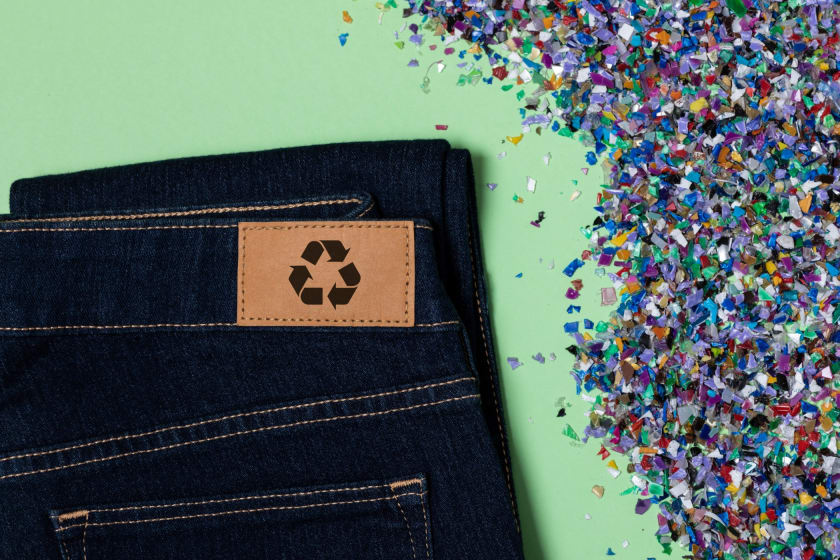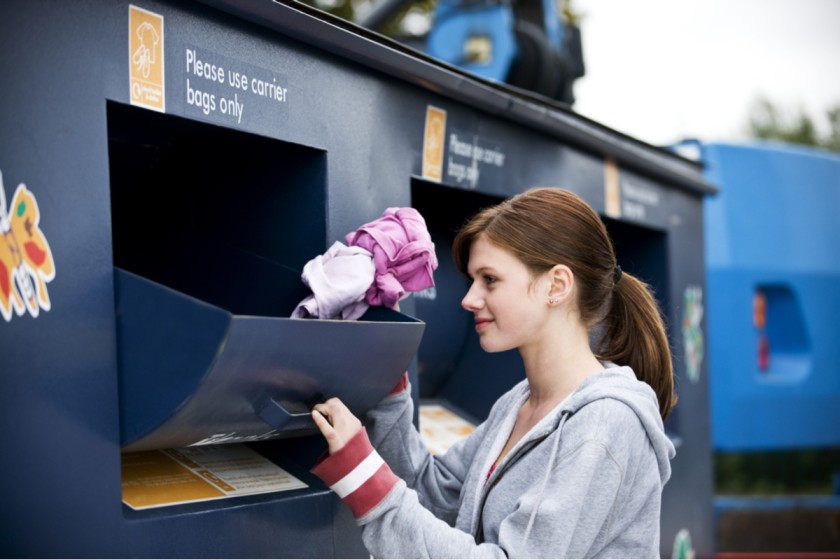5 Reasons Why Post-consumer Textile Recycling Is Important



What happens to clothes after they are discarded? We hardly ever think about this. Of course, there are no supernatural powers at work, and these clothes do not disappear automatically. They become part of the post-consumer textile waste. There are two types of textile waste: pre-consumer and post-consumer.
Pre-consumer waste is created during the manufacturing process of apparel and includes scraps and cloth cuttings. The post-consumer textile waste consists of damaged, discarded, worn-out, and out-of-fashion clothes. Any apparel discarded by a consumer falls under the post-consumer textile waste category. With ever-changing fashion trends and new demands, textile waste has become a major concern and threat to future generations. Landfills are full of piles of unwanted, discarded clothes.
The dream of a Green Planet can only be achieved when this waste is handled and put to good use. Like other types of waste are recycled, textile waste can also be recycled. For instance, once plastic bottles are discarded after use, they are recycled. Similarly, textiles can be recycled. There is a widespread misconception about recycling being limited to paper and plastic. It is imperative to understand that recycling textile waste is equally important. People must look online for options such as Textile recycling near me. Like charity begins at home, recycling also begins with small actions.
Top 5 Reasons in Favour of Recycling
Listed below are the five main reasons why post-consumer textile waste should be recycled. The impact such waste has on the environment and humans must be considered.
1. Reduce the outflow or emission of greenhouse gases
Textiles are one of the biggest sources of greenhouse gas emissions. Globally, the textile industry is one of the front-runners, contributing to pollution and waste production. This is mainly due to the use of chemicals, dyes, etc., during manufacturing. Fertilisers and pesticides used to cultivate natural fibres also lead to hazardous waste. Organic fibres like cotton and linen are biodegradable. But synthetic fibres like nylon, polyester, and blended fabrics like terry cot, poly-wool, etc., do not break down when thrown in landfills. They lack the oxygen required for decomposition and release toxic gases into the earth’s atmosphere. It is dangerous to human life and poses a threat to flora and fauna. This is reason enough for everyone to look for textile recycling.
2. Reduction in waste disposal/landfill space

A waste disposal pit or landfill space is an area used to dump waste products. As the earth’s population increases, land shortage also rises. We are in an era where waste landfills take up considerable space. Post-consumer textile waste is not very different and ends up in these pits. These landfills have become a hub for greenhouse gas emissions. They are a health threat and render the land unusable. When you look up textile recycling near me, you become a hero! Recycling means less waste, fewer landfills, and more space for trees. Go green people!
3. Help the needy and less fortunate
Not everyone can afford good clothes. A considerable percentage of the world’s population is below the poverty line. Many people cannot afford warm clothes to survive in harsh cold environments. When you throw away a coat because it is out of fashion, someone else can use it to stay warm in the winter. The Indian Textile Journal states more than one million tonnes of textiles are thrown away every year in India, with most of this coming from households. It amounts to 0.79 kg of textile waste per capita. Another report states around 13 million tonnes of textile waste is generated globally every year. Of this, approximately 95% could be reused or recycled. Currently, the textile waste recycling or reuse percentage is low. Clothes should be donated to those in need. In developed nations, used clothes are collected and distributed to areas in need.
4. Save money
Think about the money saved via recycling! A discarded piece of clothing can be modified and refurbished in many ways. Fashion designers have been doing this for years. Recycling an old piece of clothing can save you money. For example, a bride can save money by recycling her mother’s wedding gown. Many people sew quilts and blankets using old clothes. Nowadays, rental clothes are available. Look up convenient ways of textile recycling near me on your phone now!
5. No extra effort required

Reusing and recycling clothes does not require effort. Old clothes can also be used to make rags. Discarded clothing is used for dusting and cleaning. People also use old clothes to make crafts and decorative items. Some international brands encourage and reward recycling. H&M, Levi’s, and The North Face are a few renowned retailers offering discounts and coupons on old apparel. Natural and pure fibres such as cotton can be used to make compost. If the fibre is fully shredded, it can be used as compost.
Conclusion
Clothes manufacturing requires water, electricity, and other resources. When such items are recycled and reused, it results in energy conservation. A small step towards post-consumer textile waste management can positively impact the environment. So, our mantra should be Reuse, Recycle, Reduce to save the planet!



















